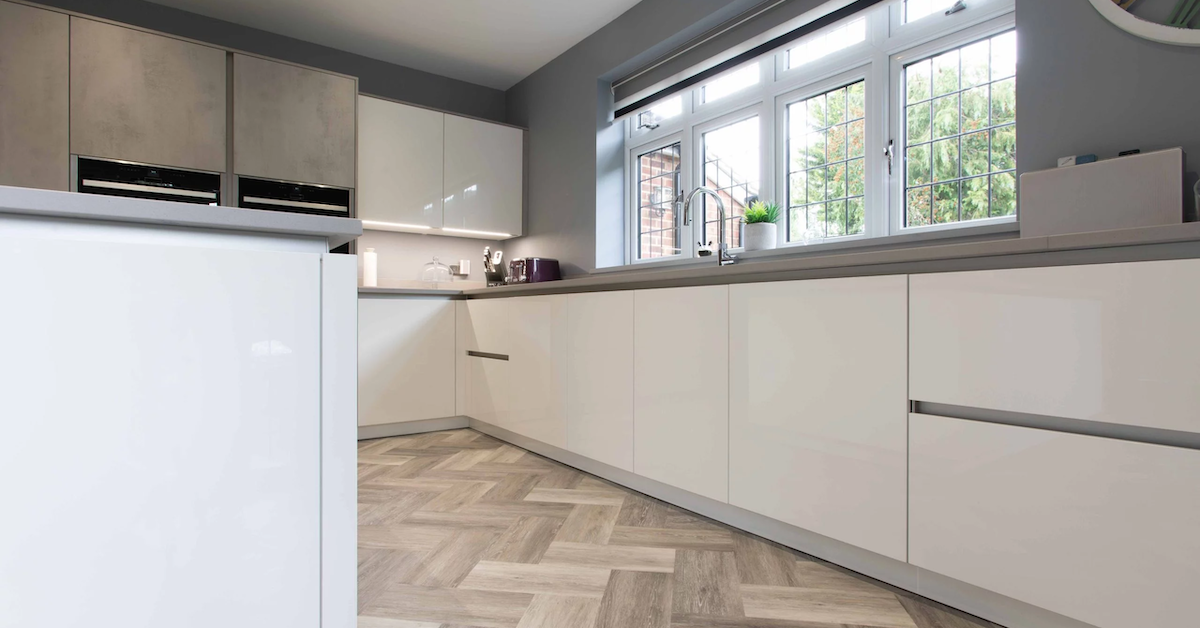How Do I Select Durable and Stylish Flooring for My Kitchen?
Choosing the right kitchen flooring is a bigger decision than most people think. It’s not just about looks. Your kitchen floor needs to hold up to heavy foot traffic, spills, dropped pans, and the occasional mess from cooking experiments. On top of that, it still needs to look good and match the vibe of your kitchen. With so many options out there, knowing what’s tough, stylish, and practical can help you land the perfect fit.

Think About Your Lifestyle First
Before you even look at materials, think about how your kitchen gets used. Do you cook daily? Have kids running in and out? Pets sliding across the floor? All of these play a part in choosing flooring. For busy households, you'll want something super durable and easy to clean. If it’s just you or a couple of careful adults, you might have more flexibility with delicate or high-end materials.
Durability Matters More Than You Think
The kitchen is one of the most used spaces in the house. That means your flooring needs to handle wear and tear without needing frequent repairs. Porcelain tile, luxury vinyl, and natural stone are some of the top performers when it comes to strength and longevity. Hardwood can work too, especially if it's sealed well, but it may show scratches or water damage over time. If you want something soft underfoot, go with cushioned vinyl, which offers comfort without sacrificing too much durability.
Water Resistance Is Non-Negotiable
Water spills are part of everyday kitchen life. Whether it’s from the sink, dishwasher, or just a cooking mishap, your flooring should be able to handle moisture without warping or staining. That’s why tile and waterproof vinyl are some of the most popular choices. Avoid materials like carpet or untreated wood, which can soak up moisture and get damaged fast. Even laminate, while stylish, isn’t always a great match for wet environments unless it’s specifically rated for water resistance.
Style and Color Choices That Hold Up Over Time
Trends come and go, but flooring sticks around for years. Choose a style that matches the overall look of your kitchen but still feels timeless. Neutral tones like greys, beiges, and warm wood finishes are safe bets. Patterns like herringbone or stone-look tiles can add interest without feeling too trendy. It’s also smart to go with a finish that hides dirt and crumbs—glossy white floors might look pretty at first, but they’ll keep you cleaning nonstop.
Comfort and Safety Shouldn’t Be Ignored
Since kitchens often involve standing for long periods, comfort counts. If your feet and back ache after just a few minutes of food prep, that’s not ideal. Vinyl and cork flooring are both softer and more forgiving options that help reduce fatigue. They’re also a good choice for homes with kids or older adults since they offer a bit more grip and cushion in case of slips or falls. If you do choose tile or hardwood, consider adding cushioned mats near high-use areas like the sink and stove.
Ease of Maintenance Is a Game Changer
No one wants a kitchen floor that’s high maintenance. Some materials may look stunning but require constant sealing, polishing, or delicate care. Stick with floors that can be easily swept, mopped, or wiped down without special treatments. Ceramic tile and luxury vinyl plank are both popular because they clean up quickly and don’t stain easily. Avoid flooring with deep grooves or heavy textures that trap crumbs and grime.
Installation Costs and Long-Term Value
Budget plays a big role, but so does long-term value. A cheaper floor might save you money now but cost you more in repairs or early replacement. High-end materials like stone or hardwood often last longer and increase home value, but they come with higher installation fees. On the other hand, modern vinyl and laminate options offer a great balance of affordability, style, and durability. Weigh the upfront price against how long you expect to stay in your home and how hard you are on your kitchen floors.
Sustainable and Eco-Friendly Flooring Options
If you’re trying to keep things green, there are some solid eco-friendly flooring choices available. Bamboo, cork, and reclaimed wood are all renewable and stylish. Some vinyl flooring brands are also moving toward sustainable materials and recyclable products. Ask your supplier where the materials come from and what kind of environmental impact they have if that’s important to you.
Conclusion
When it comes to kitchen flooring, don’t rush the decision. It’s one of the hardest-working surfaces in your home and deserves careful thought. From water resistance to comfort and style, every detail matters. The right floor will make your kitchen feel more welcoming, easier to clean, and a better space for everything from cooking to hanging out.
At Kitchen Discounters, we help you explore all your flooring options with a focus on your needs, your home, and your budget. Whether you’re leaning toward stylish tiles or family-friendly vinyl, we can guide you through the process so you end up with a floor that looks great and works hard for years to come.

